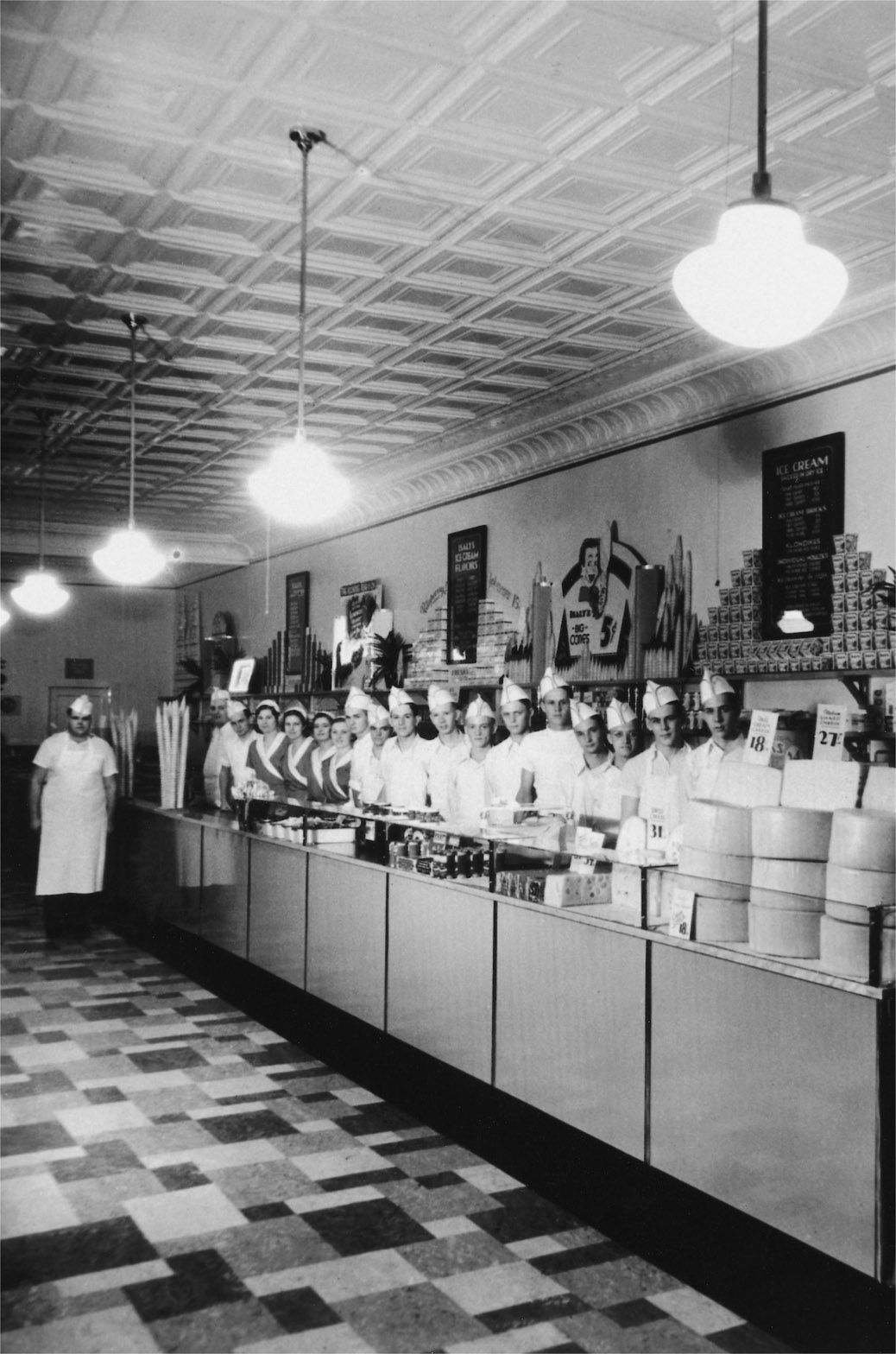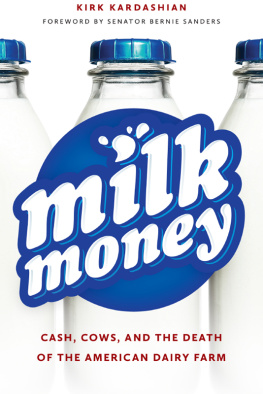Klondikes, Chipped Ham, & Skyscraper Cones


Klondikes, Chipped Ham, & Skyscraper Cones
Copyright 2001 by Stackpole Books
Published by
STACKPOLE BOOKS
5067 Ritter Road
Mechanicsburg, PA 17055
www.stackpolebooks.com
All rights reserved, including the right to reproduce this book or portions thereof in any form or by any means, electronic or mechanical, including photocopying, recording, or by any information storage and retrieval system, without permission in writing from the publisher. All inquiries should be addressed to Stackpole Books.
Isalys and Klondike are registered trademarks of Good HumorBreyers Ice Cream, Green Bay, Wisconsin.
Printed in the United States of America
10 9 8 7
F IRST E DITION
INTERIOR DESIGN BY BETH OBERHOLTZER
LAYOUT BY KERRY JEAN HANDEL
COVER DESIGN BY CAROLINE STOVER
COVER ILLUSTRATIONS FROM AUTHORS COLLECTION
FRONTISPIECE COURTESY WILLIAM R. ISALY

Library of Congress Cataloging-in-Publication Data
Butko, Brian A.
Klondikes, chipped ham & skyscraper cones : the story of Isalys / Brian Butko.1st ed.
p. cm.
ISBN 0811728447
1. Isalys (Firm)History. 2. Dairy products industryUnited StatesHistory. 3. Ice cream industryUnited StatesHistory. 4. Convenience storesUnited StatesHistory. 5. Chain storesUnited StatesHistory. 6. Dairy products industryOhioHistory. 7. Dairy products industryPennsylvaniaHistory. I. Title.
HD9275.U8 I833 2001
338.763710973dc21
00068765
ISBN 978-0-8117-2844-7

FOREWORD
W HEN I WAS GROWING UP IN THE 1950 S IN G REENVILLE, P ENNSYLVANIA, Isalys was the premier destination for ice creamhard ice cream, that is. The local Isalys store, with its shiny white Vitrolite front, occupied the ground floor of a narrow brick building in the lively Main Street business district, close to everything in the heart of town. Those were my elementary school years, and I had the illusion that Isalys, like most good things, was eternal.
At the start of each morning, downtown workers in need of an early cup of coffee would fill wooden booths along the wall or low stools at a counter, while light from the hanging fixtures reflected off the pressed tin ceiling. At lunchtime, people gathered for sandwiches, chili, meat loaf, and other homestyle fare, served from the steam table at the back of the store. Employees at the deli counter sliced wafer-thin chipped chopped ham that Isalys had made a regional favorite. In the afternoon, when captive adolescents were released from the high school, they would rush in for Skyscraper cones and Klondike bars.
The same scene was played out in hundreds of Isalys across the region. But eventually I realized that Isalys was not eternal after all. A fierce competition was waged in the fifties: Hard ice cream was challenged by soft-serve concoctions like the semi-frozen dessert that Dairy Queen had developed. Traditional business districtscongested blocks with a shortage of parking spacesbegan to lose trade to drive-ins and automobile-convenient shopping centers on cheaper outlying land. In time, the Isalys stores vanished.
Fortunately, Brian Butko has come along to research the Isalys story and present it in wonderful detail in this welcome book. Butko has gotten to know the people, products, atmosphere, and management techniques that made Isalys stand out during its heyday. His words should leave no doubt as to why the mention of Isalys still arouses a lingering pleasure, tempered by a wistful sense that yet another good thing has disappeared.
Philip Langdon
PHILIP LANGDON IS AUTHOR OF ORANGE ROOFS, GOLDEN ARCHES: THE ARCHITECTURE OF AMERICAN CHAIN RESTAURANTS AND A BETTER PLACE TO LIVE: RESHAPING THE AMERICAN SUBURB.

PREFACE
T HE K LONDIKE WAS NOT THE FIRST CHOCOLATE-COATED ICE CREAM BAR, and for 60 years, it was sold only around Pittsburgh and in Ohio. Yet since 1996, Klondike has been Americas best-selling ice cream novelty. Its recent quick rise is remarkable, but only part of the roller-coaster saga of the company that created it, Isalys.
Isalys (EYES-leez) was named for the Isaly family. Their chain grew to 11 plants and more than 400 dairy stores, but even though most are now closed, people speak of them with a reverence bordering on fanaticism. Over and over Ive heard, Their ice cream was the best. Or their potato salad. Or cottage cheese. Or baked beans. Over and over Ive heard how wonderful it was to work for Isalys, how it was like a big family. All this unabashed admiration set me on a mission to find out what created so much goodwill.
I interviewed and corresponded with more than 200 customers, workers, and family. I dug through articles, sales reports, and incorporation papers (I stopped counting these at 600). And it became obvious: People loved Isalys because, from the top down, Isalys cared. The Isalys cared about the quality of their products. They bought the most innovative equipment. They cared about the cleanliness of their stores and how merchandise was displayed. And they especially cared for people, both patrons and employees. This benevolence permeated the company and has now outlasted most of the stores. The people youll meet in this story say it best:
I knew every manager, every assistant manager, and I knew their families, I knew how many kids they had, and in those days, if we had a manager who maybe had a child that was having trouble, we helped, without making a lot of noise about it. We helped financially, and we did things for them.
People trusted us. We didnt put in garbage, make no mistake, we never took any garbage, we never took any junk. If it wasnt good, we didnt have it.
We were hard taskmasters. We had an image and we wanted that image to stay as pristine as we knew how to make it.
They wanted a customer to be satisfied from the time they walked in to the time they left that store, and they wanted them back. I never heard cut this and cut corners. They wanted a good bottom line, but they didnt want it that way.
The one thing about Isalys was they taught you how to make money and how to care for people.... I always looked forward to unlocking that front door.
God bless Isaly, whoever he was.
It goes on and on, which is why its all the more mysterious that those beloved Isalys stores are all but gone. Why did they disappear? That was the rest of my mission.
Here are some of the key players who help tell the Isalys story:
- George Krohe: rose from Pittsburgh scooper in 1931 to vice-presidentthe companys heart
- Claire Larry Hatch: manager who whipped Pittsburgh stores into shape starting in the 1930s
- Art Frank: another scooper who rose to vice-president, but in Youngstown
- H. William Isaly: president in the 1960s; managed Klondike plant until the 1990s











